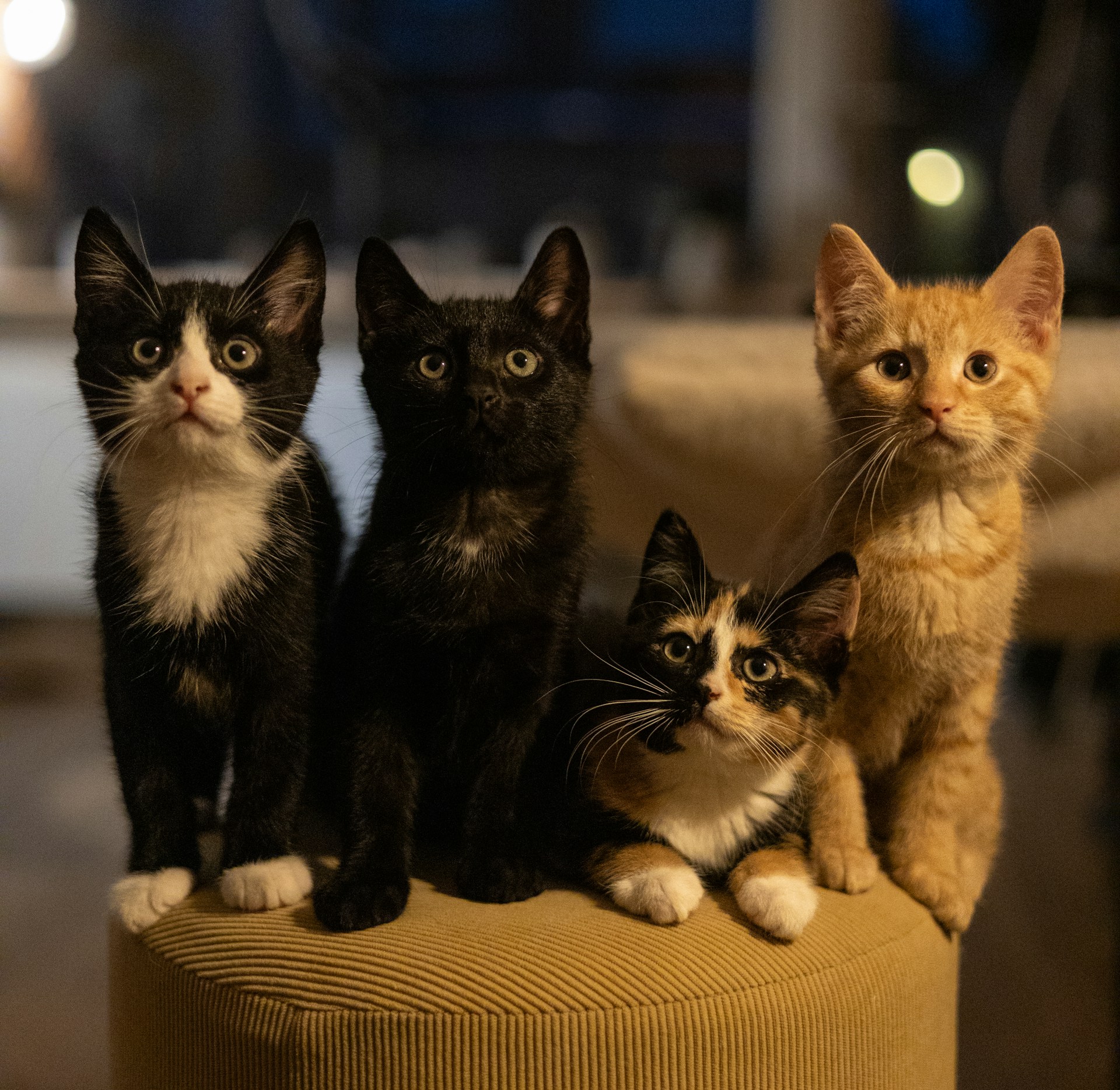When we rescue a stray cat and place it in foster care, the first 30 days are everything. It’s a reset — a slow, quiet transformation from survival mode to safety, from fear to trust. This post walks you through what actually happens, week by week, when a cat goes from the street to a temporary home. And why it matters more than you think.
Week 1: Silence and Distance
The cat often hides. Behind the washing machine. Under a bed. Somewhere dark. It’s not rejection — it’s instinct. Stray cats don’t expect warmth. They expect danger.
In this first week, the foster doesn’t try to pet. They speak softly, they let the cat observe. A fresh bowl of water. A quiet presence in the room. That’s the language being spoken.
This is where the healing starts: in the silence.
Week 2: Eyes and Movement
The cat is still quiet, but the hiding becomes watching. You’ll catch them peeking from the doorway when you’re not looking. They start to learn your rhythms — when you wake, when you feed, when you leave.
Some will meow. Some won’t. But they start making choices: to sit closer, to sniff your hand, to eat while you’re nearby instead of after you’ve left the room.
Small choices. But they are massive steps forward.
Week 3: Touch
The first real touch often happens here. It’s usually brief: a hesitant rub against your leg, or a nose bump to your hand. Sometimes it’s a blink. Sometimes it’s curling up just one meter closer than yesterday.
It’s not about forcing contact. It’s about offering it, and letting the cat decide. Foster care isn’t taming. It’s negotiating comfort. On their terms.
Week 4: Ownership
By the fourth week, the cat might jump on the couch. They’ll wait by the kitchen when they hear the sound of the food tin opening. If you’re lucky, they’ll purr.
But more importantly, they’ll stop hiding. They’ll sit in the open. They exist now as part of the home — not a guest, not a ghost.
And maybe that’s the biggest win: they believe they belong.
Why This Matters
Every foster experience is different. Some cats need a few days. Others need months. But every time you offer that transition — that space between street and forever — you’re doing more than feeding or sheltering.
You’re changing what that cat expects from the world.
You’re teaching them that people can be kind. That sleep can be safe. That hunger isn’t forever.
That’s not a small thing. That’s everything.


Leave a Reply